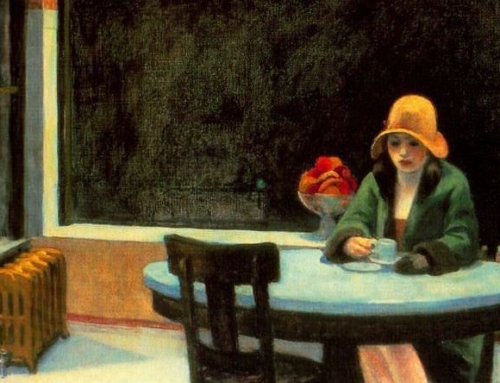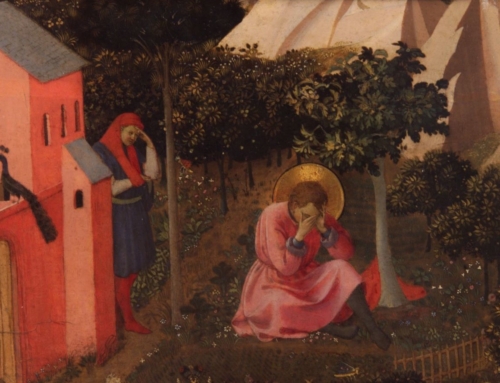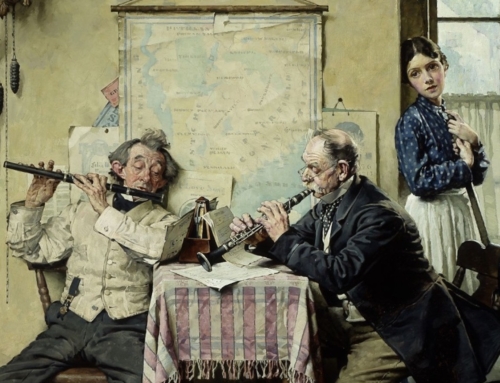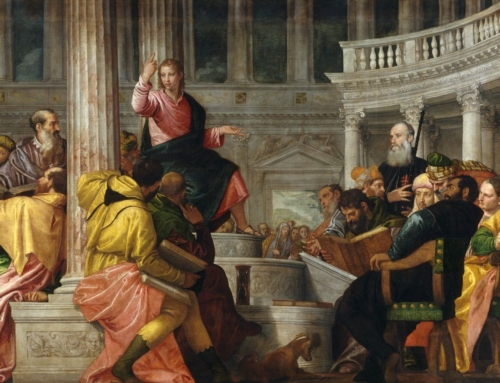Here’s an open secret: Many young Catholics disagree or struggle with the Church’s teaching on human sexuality. Not only do they struggle—as have generations—with the call to chastity, but they also doubt the Church’s basic claims about what sexuality is for. Even among those who wish to be faithful, many simply can’t see how the Church’s teaching about sexuality could ever be something other than an embarrassment. And, from a cultural standpoint, it’s easy to see why.
Consider the experience of teenagers and college students. Every day, they confront a certain set of questions. “You want to be accepting of others, right?” Yes, I’m no bigot. “You want to support people in their pursuit of happiness?” Of course! “Well, these people, perhaps some of them good friends, have discovered that they are attracted romantically to someone of the same sex and, therefore, unless you are bigotted or against people being happy, you will support their seeking to fulfill this desire.” This line of questioning becomes even more acute if one has some uncertainties about one’s own attractions.
Now, more and more, we see the same logic spreading. “You want to be accepting, right?” “You want to support people in their pursuit of happiness?” “Well, these people have discovered that they have to surgically reconfigure their bodies in order to be happy, so you will support them, right?”
Young Catholics find themselves caught between the latest form of self-identification and a Church whose precepts they do not understand. Humans can only live with this cognitive contradiction for so long, before having to jettison either Church teaching or the ideologies of the day.
They have many motivations to reject Church teachings: being on “the right side of history,” acceptance by peers, perceived self-fulfillment, and, increasingly, employability.
What’s the case for staying true to the Church? On this matter, the Church preaches two words of good news: First, although the world has fallen in profound ways, God made the world good and providentially guides it. And second, the Church preaches the truth of Christ crucified.
- God’s good ordering shapes the world. How is this good news? Our interior experience does not create the world. Especially in an age in which the young are consumed by anxiety and depression, this truth is great news. We can confront our fears by contemplating the way the world actually is. You will not die if you get a C on one test. Your life won’t be over if you make a fool of yourself in front of friends. God is totally in control.
As our fears can deceive us, so too can our desires. So often we desire what will in reality make us miserable. The Church’s teaching frees us from the tyranny of our often misaimed desires by introducing us to the designs of God. - The goodness of the world does not negate the fact that we suffer. Unfulfilled desires cause us to suffer—this is true whether the desires point us to something contrary to what the Church teaches or not. But by suffering the unfulfillment of desires we know to be misaimed, we allow God to begin to heal us at the deepest level. Christ crucified gives meaning to our suffering. His suffering makes ours a place of profound intimacy with God. He has given us a promise that the suffering we bear for him is not in vain.
Perhaps these two points don’t immediately seem to sway the balance in favor of choosing God and his Church. To sum up the case: we will suffer if we let God reshape our hearts to accord with the goodness of reality. But, in the long run, we will be much more miserable if we try to reshape the world according to our broken desires. So we “put on the Lord Jesus Christ, and make no provision for the desires of the flesh” (Rom 13:14), knowing that “the world and its desires are passing away” (1 John 2:17). In the end, it is cruel to affirm otherwise. The choice is becoming starker—in one sense harder, in another sense clearer: God or the world, truth or error, life or death. The Church teaches a freeing truth, and “blessed are those who hear the word of God and observe it” (Luke 11:28).
✠
Image by David Todd on Pexels







